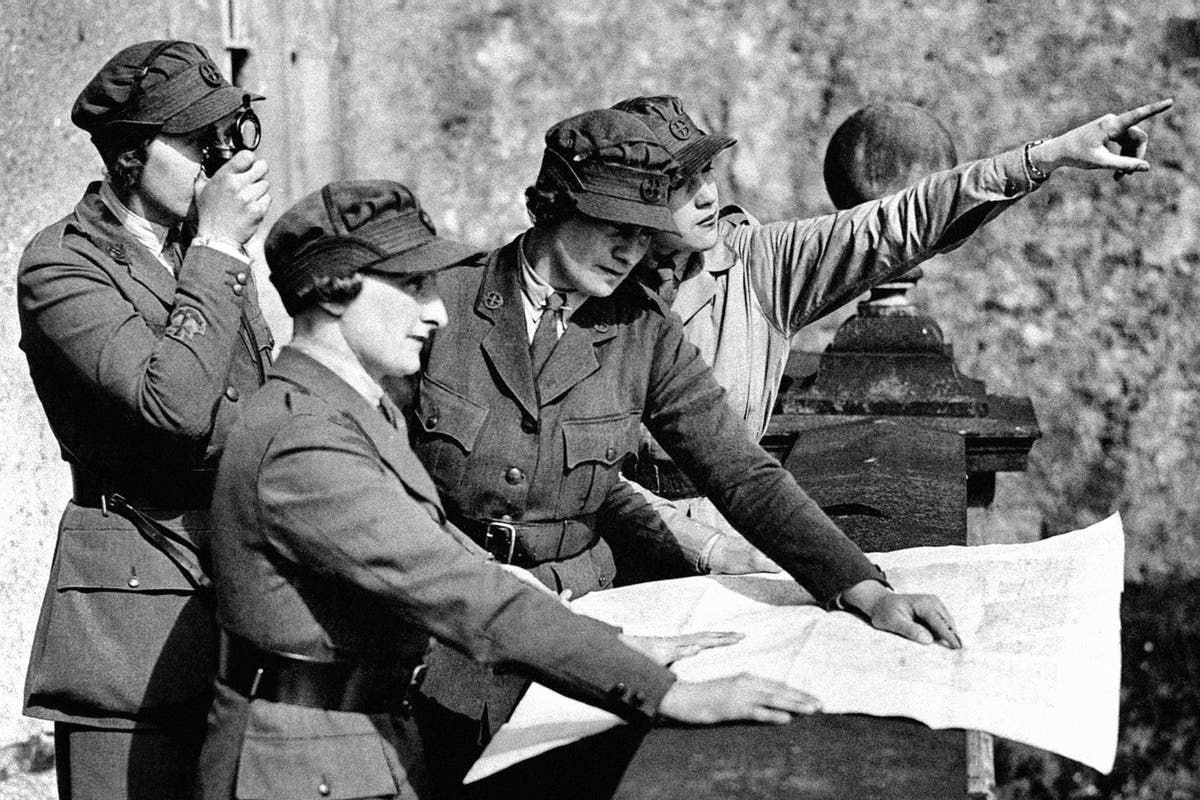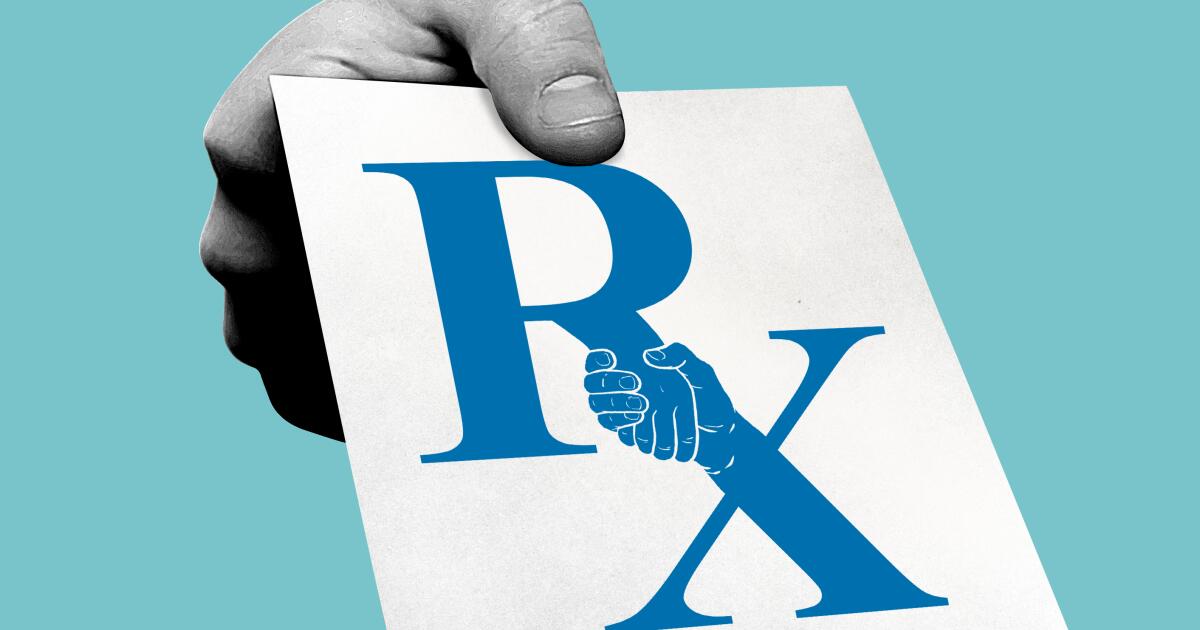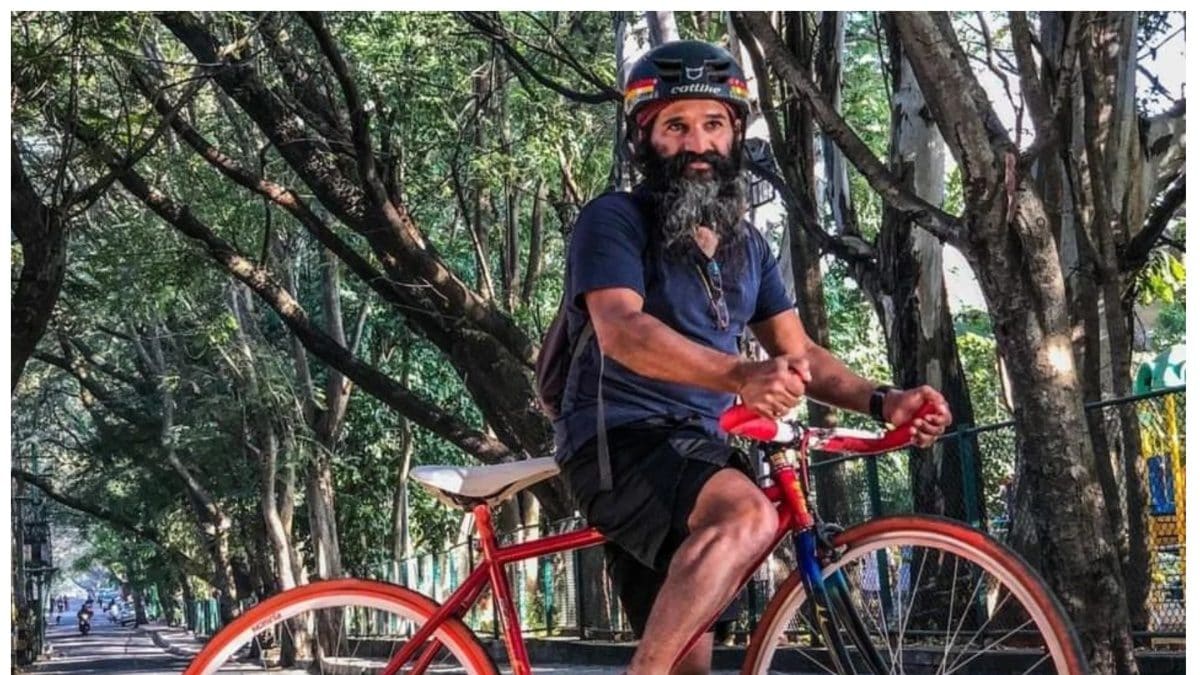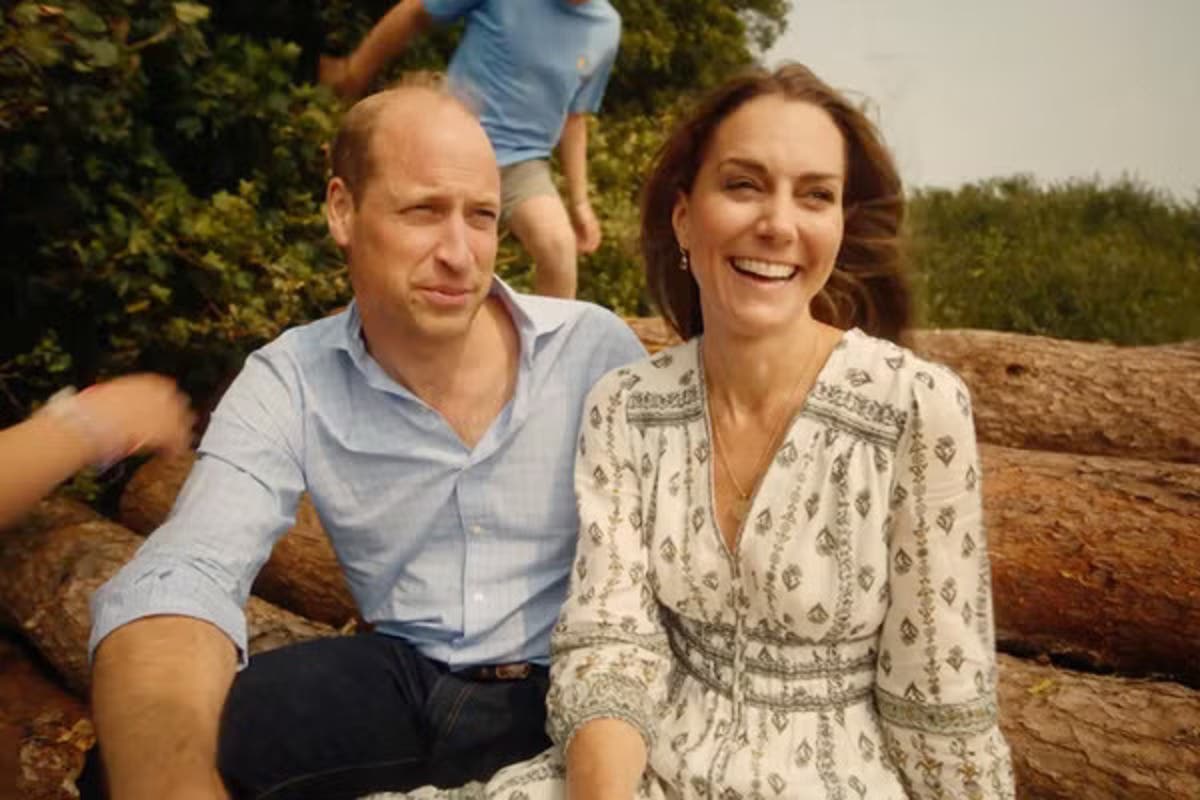As the 80th anniversary of D-Day approaches, there are not many people old enough to remember the day that marked the turning point of World War II, when Allied forces landed on the beaches of Normandy to begin the liberation of the northwest. Europe of the Nazi occupation.
And since so few people are left to tell the story of what happened on June 6, 1944 (or for the rest of the war), it is very important to know, especially about members of your own family.
But without a detailed history of what family members did during the war, how can families discover what their ancestors' roles were?
“The Second World War had a huge impact on the British Isles and the lives of our families, and many people have stories of family members who served, or bits of information about an ancestor who was involved,” says Simon Pearce, a family history specialist. Ancestry UK expert. But there is little more to follow.
“It is very important that we remember the monumental sacrifices made by our ancestors during war, whether at home or abroad, and keep their stories alive for future generations. One way to do this is by researching their military service; Like all types of family history, World War II research can be challenging, but it is incredibly rewarding.”
The Commonwealth War Graves Commission (CWGC) looks after war graves at 23,000 sites around the world, commemorating almost 1.7 million men and women who died in the First and Second World Wars. CWGC spokesperson Lewis Brown says the CWGC website or app are good places to find records of the men and women who fought for British and Commonwealth forces, and who died in the war.
He notes: “Perhaps most heartbreaking of all, records also show personal inscriptions on their tombstones.”
An example of one of the tombstone inscriptions is: “In the mosaic of victory was placed our most precious piece”, from the tombstone of Royal Marine Edward William Durn. He is buried in the Bayeux war cemetery in Normandy, which is one of the key locations for this year's D-Day commemorative events.
How to find out what your relatives did in World War II
Ask the people closest to you
Start by talking to the family and ask questions of your parents, grandparents, aunts or uncles. “It's amazing what you can learn from a simple conversation and asking, 'Did anyone in our family serve during World War II?'” Pearce says.
Search for family memories
A photograph of someone in uniform, a letter, a diary or a newspaper clipping could hold clues to help you research your ancestor, Pearce suggests.
Review CWGC Records
Although the CWGC does not store military records, its database contains memorial records of Commonwealth servicemen and women who died during the war. This includes any Commonwealth war casualty who died in service between the outbreak of war in 1939 and the end of the CWGC commemoration period on 31 December 1947.
Search the CWGC Find War Dead page, entering any information you have about your family member, such as their first and last name, service number, and regiment.
Brown says: “When people search for the war dead, they can discover the victim's regiment/unit or ship, date of death and age, where they are buried or commemorated, and their country of service. “There is also additional information in our records, which typically show details of relatives and an address.”
Search the National Archives
You can find out more about what your ancestors did by searching the National Archives, which offers a wealth of information, including official records, personal correspondence, diaries, and pamphlets.
Test your regiment
If you know which regiment your relative served in, check their regimental records to learn more about their military career.
View unit war diaries.
If your ancestor served in the British Army, your unit's war diary will provide a daily account of what a battalion or unit did during the war. War diaries can be seen at the National Archives and there is a selection of Second World War diaries on Ancestry UK, covering D-Day and the Second Battle of El Alamein.
Look at World War II Service Records
While service records used to be held by the Ministry of Defence, many have been transferred to the National Archives for digitisation. The Ministry of Defense (MOD) website describes what has been transferred and how to request it, either through the MOD or the National Archives.
Check other records
Further information available through Ancestry UK includes casualty records from the Second World War such as British Army Casualty Lists, Allied Airmen's Roll of Honour, Merchant Seaman Deaths Collection or Prisoner of War Collection allies (1939-1945).
Don't forget the home front
In addition to researching ancestors who served in the military, Pearce suggests trying to find out what other family members did on the home front by checking National Guard records.
“The bombing, evacuation and rationing had a significant impact on our families, and their stories are also worth exploring,” he notes.
To find out more about what non-military ancestors did during World War II, try looking at the 1939 England and Wales Register. Taken on September 29, 1939, the register tells where people lived, who they were in their home, when they were born and their occupations.
“It's a great tool to establish where your ancestors lived less than a month after the British declaration of war,” explains Pearce. “You may notice that a member of your family was an evacuee, lived away from home, or had an evacuee in their home.”
There may also be details of any voluntary war work undertaken by your ancestors on the home front, such as an air raid warden or fire watcher.
When you find your ancestor's story, share it.
Brown says the CWGC has launched a story-sharing platform called For Evermore: Stories of the Fallen, which is a free site where people can upload stories of commemorated men and women.
“So far, more than 4,000 stories, including photos and videos, have been uploaded to For Evermore,” he says. “This works both ways, as people can visit and find these stories of victims, or a family member, or someone they're investigating.”












